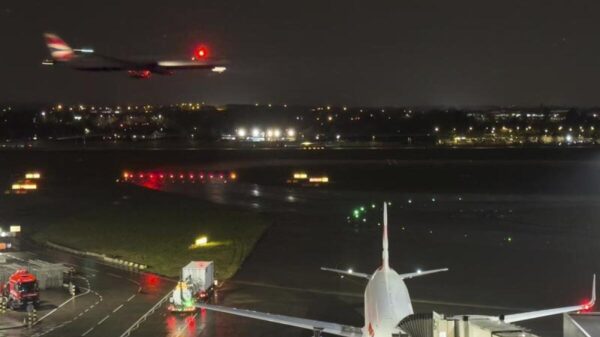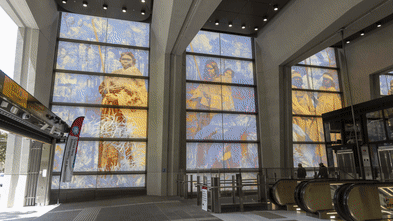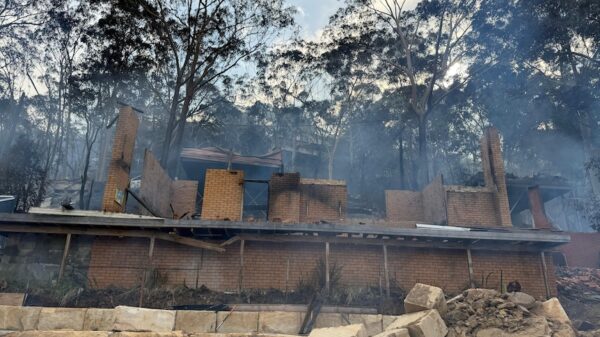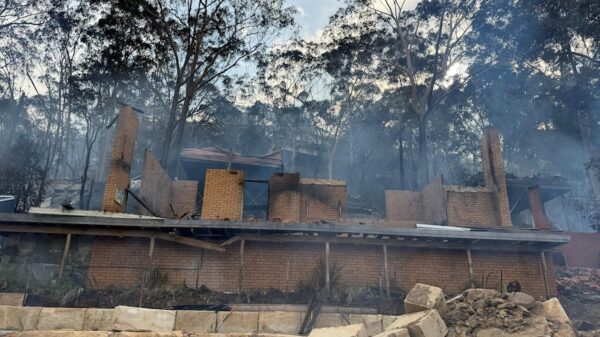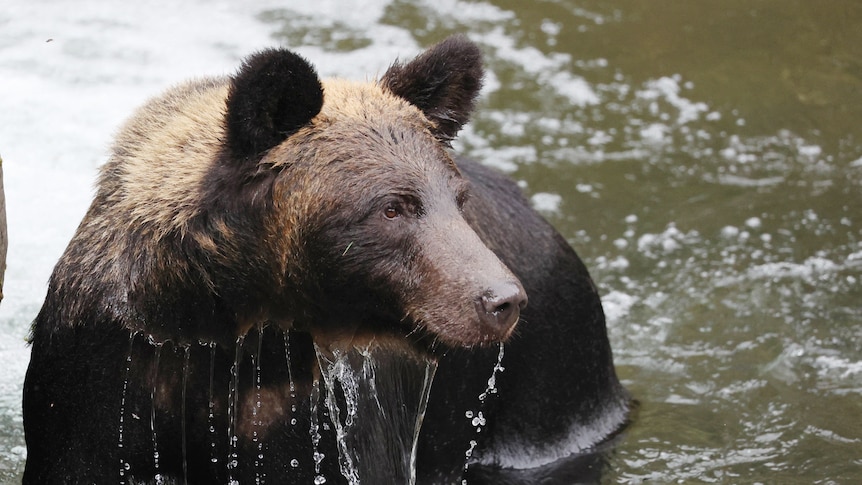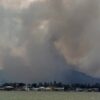A hiker in his 20s was killed by a brown bear while trekking along a trail at Mount Rausu in Hokkaido, Japan. The incident occurred on Thursday morning, according to local police officials. Despite efforts to fend off the bear, the man was dragged into the surrounding woods, as reported by the Yomiuri Shimbun.
Authorities confirmed that the hiker was discovered on Friday afternoon and subsequently transported to a hospital, where he was pronounced dead. A spokesperson for the Hokkaido government provided this information, underscoring the tragic nature of the incident.
Details of the Attack and Investigation
Following the attack, hunters in the area captured and killed a bear near the trail. An official from the nearby town of Shari stated that a DNA analysis will be performed to ascertain if this bear was involved in the attack on the hiker. Reports from local media suggest that several personal items were found at the scene, including a wallet with the man’s name, a bloodied shirt, and other belongings such as a watch and a hat.
Witnesses indicated that the hiker had returned to the mountain days earlier in an attempt to retrieve his phone, further complicating the timeline of events. Nearby trees and soil were marked with evidence of blood, as detailed by Kyodo News.
Declining Bear Population in Hokkaido
The population of brown bears in Hokkaido has seen a significant decrease recently. According to estimates released this month, the number of brown bears dropped to approximately 11,600 by the end of 2023, a reduction of 500 compared to the previous year. This marks the first decline in the bear population since 1991. The Hokkaido government attributes this decrease to unprecedented hunting practices, with a record 1,804 bears captured in the year leading up to March 2024.
Local officials are now faced with the challenge of balancing wildlife management with public safety, following this tragic incident. The attack serves as a stark reminder of the potential dangers present in natural environments, especially as human interaction with wildlife continues to increase.







